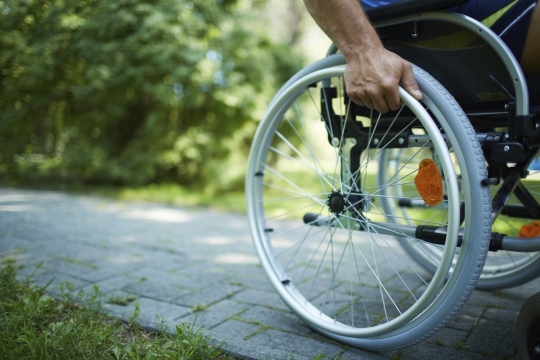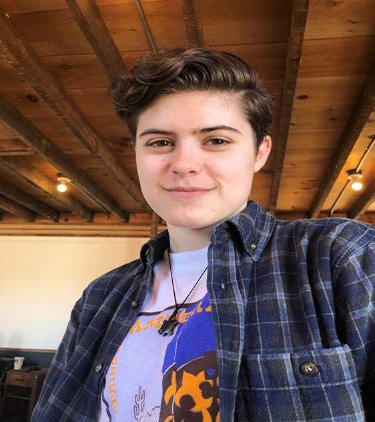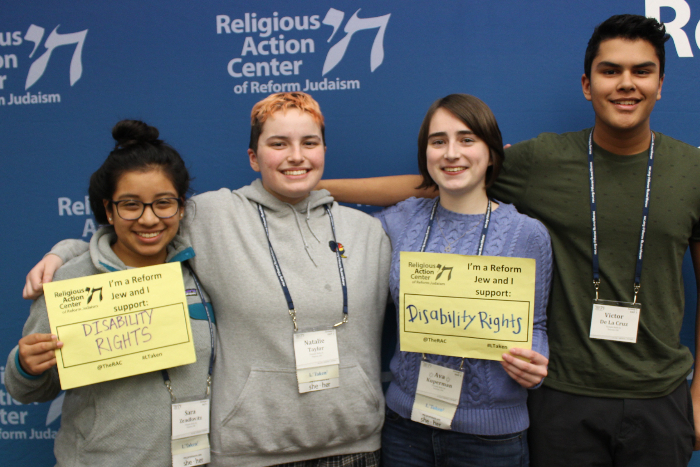
Amid a hectic 2020, I relocated from my home in the D.C. metropolitan area to attend the Rochester Institute of Technology in chilly upstate New York. In Rochester, I live among the largest Deaf and Hard of Hearing community in the U.S. and attend school with the country’s second largest Deaf student population. As I live and learn in my community, I have been exposed to different ways a community can be accessible and affirming that I never truly accounted for in the past.
For my American Deaf Culture class, I read "Beyond Culture: Deaf Studies and the Deaf Body," in which author Douglas C. Baynton writes:
“In recent decades [disability scholars] have advanced a social model that locates disability not in individual bodies but rather in social structures and practices that do not take account of normal human variation. Just as gender and race are not merely matters of bodily difference, so is disability not simply inherent in bodies but rather a way of interpreting human differences.”
To me, this means that disability is only possible because the physical world and social structures we live in create a barrier to education, employment, housing, and more for those who aren't stereotypically able-bodied; it's not that people are disabled, but rather that our society has created a world that is not accessible and equitable.
At school and throughout Rochester, my community has taken huge strides in reducing these barriers and providing a model for other universities and cities. Accommodations are available for Deaf and Hard of Hearing folks that are not widely available across the U.S.: captioners and ASL interpreters are present in most of my classes; interpreters are hired for events, even if there are no Deaf people present; many restaurant employees know how to sign; and any auditory communication is accompanied by captions. Most importantly, accommodations are not questioned or refused. These simple changes are becoming embedded into the community and have allowed the Deaf community to thrive.
Living here has also made me realize how important it is to continue this work. I have seen the benefits of eliminating barriers for every member of the community, and while the Rochester I know has embraced the Deaf and Hard of Hearing community, this was not always the case. There is certainly plenty of work to do to eliminate societal barriers for every person. The progress that has been made since the start of the disability rights movement has required decades of persistent advocacy by community members and allies to enact the Rehabilitation Act, the Individuals with Disabilities Education Act, the Americans with Disabilities Act, and legislation at the state and local levels.
Despite this progress, we have also seen the ways our society fails people with disabilities in health care, policing, education, and food security. Jewish texts and tradition are clear: Pirkei Avot 2:5 teaches, "Do not separate yourself from the community” – yet far too often, people with disabilities are shut out from living as full members of society, and our communities are suffering because of it. Addressing the disparities that people with disabilities continue to face will require members of the Deaf and Hard of Hearing communities and allies to continue mobilizing for action and accessibility.
This is the time to make a change. It is on us to continue eliminating barriers for all people and creating a society where every individual is included and valued.
Additional resources for disability rights advocacy and observing Jewish Disability Awareness and Inclusion Month can be found on the RAC’s disability rights issue page.
Related Posts
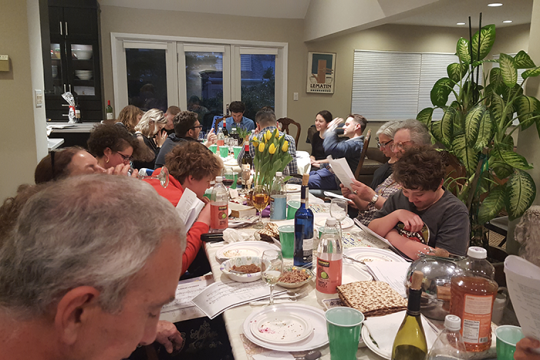
A Place at the Table: How an Accessible Haggadah Creates a Seder of Belonging
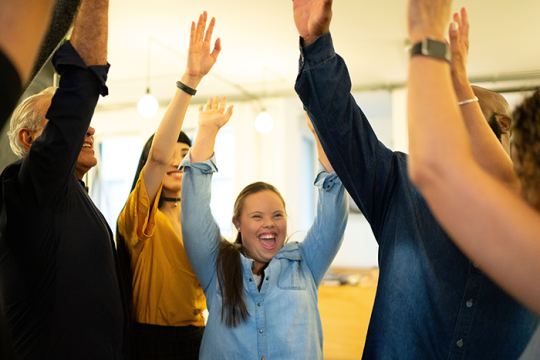
Supporting Colleagues with Disabilities
